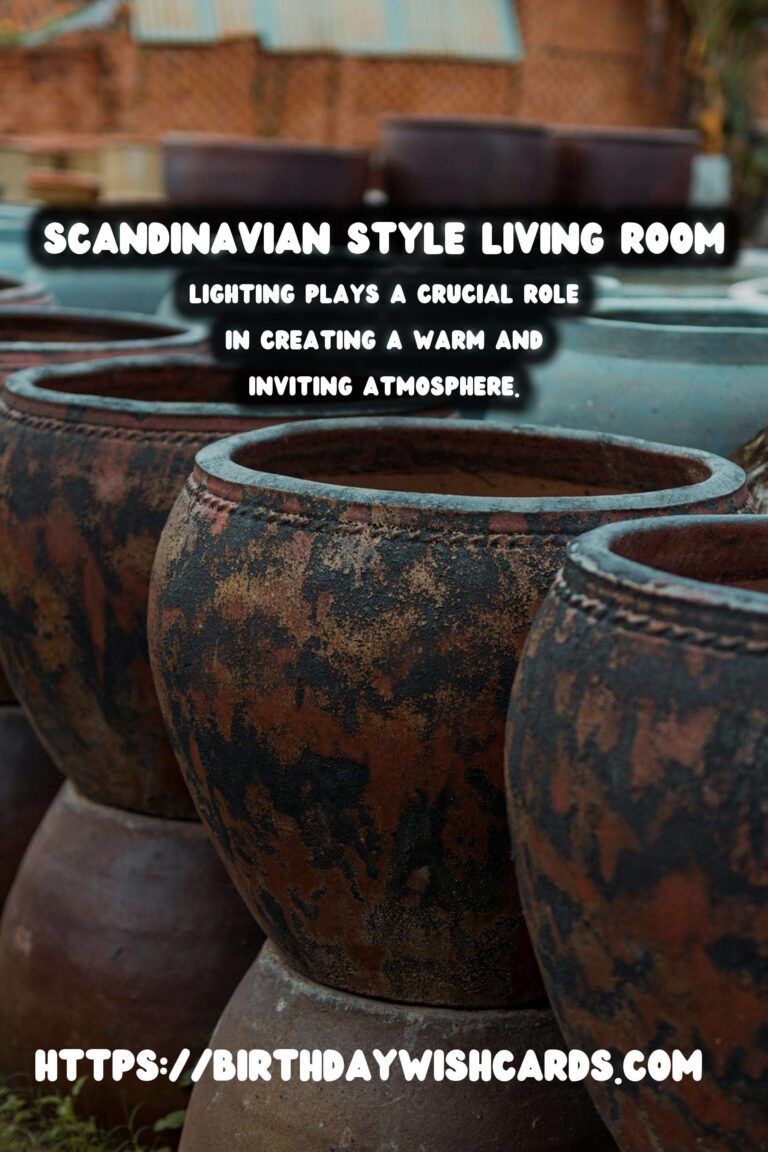
Scandinavian design has become a popular choice for those looking to create a stylish yet functional living space. This design philosophy emphasizes simplicity, minimalism, and functionality, making it ideal for modern living. In this article, we will explore the key elements of Scandinavian style and provide tips on how to incorporate them into your living room.
Understanding Scandinavian Design
Originating from the Nordic countries, Scandinavian design is characterized by its focus on simplicity, natural elements, and a clean aesthetic. The style emerged in the early 20th century and became popular worldwide in the 1950s. It is known for its functionality, minimalism, and use of natural materials.
Key Elements of a Scandinavian Living Room
Neutral Color Palette
A neutral color palette is a hallmark of Scandinavian design. Whites, grays, and beiges dominate the space, providing a calm and serene atmosphere. These colors help to make the room feel larger and brighter, which is particularly important in the Nordic countries where natural light can be limited.
Natural Materials
Scandinavian design emphasizes the use of natural materials such as wood, leather, and wool. Wood is commonly used for flooring, furniture, and accent pieces, bringing warmth and texture to the space. Incorporating natural materials helps to create a cozy and inviting environment.
Functional Furniture
Functionality is key in Scandinavian design. Furniture should be practical and serve a purpose, with clean lines and simple forms. Multipurpose furniture is ideal for maximizing space and maintaining a clutter-free environment.
Cozy Textiles
To balance the minimalism, Scandinavian living rooms often feature cozy textiles like wool throws, sheepskin rugs, and soft cushions. These elements add warmth and comfort, making the space more inviting.
Lighting
Lighting plays a crucial role in Scandinavian design. With the long, dark winters in the Nordic countries, creating a well-lit space is essential. Use a combination of overhead lighting, floor lamps, and candles to achieve a warm and inviting atmosphere.
Incorporating Scandinavian Design into Your Living Room
Start with a Neutral Base
Begin by painting your walls in a neutral color such as white or light gray. This will provide a blank canvas and set the tone for the rest of the room.
Choose Functional Furniture
Select furniture pieces that are both stylish and functional. Opt for pieces with clean lines and simple designs. Consider a sofa with storage or a coffee table that doubles as a desk.
Add Natural Elements
Incorporate natural materials like wood and leather into your decor. A wooden coffee table or leather armchair can add warmth and texture to the room.
Accessorize with Textiles
Layer your space with cozy textiles such as wool throws, cushions, and rugs. These will add comfort and make your living room feel more inviting.
Focus on Lighting
Ensure your living room is well-lit by using a combination of lighting sources. Floor lamps, pendant lights, and candles can create a warm and cozy atmosphere.
Conclusion
Creating a Scandinavian style living room is all about simplicity, functionality, and comfort. By focusing on a neutral color palette, natural materials, and functional furniture, you can create a space that is both stylish and inviting. Remember to incorporate cozy textiles and thoughtful lighting to enhance the warmth and ambiance of your living room.
Scandinavian design emphasizes simplicity, minimalism, and functionality. A neutral color palette is a hallmark of Scandinavian design. Scandinavian design uses natural materials such as wood, leather, and wool. Functionality is key in Scandinavian design with practical furniture. Lighting plays a crucial role in creating a warm and inviting atmosphere. 
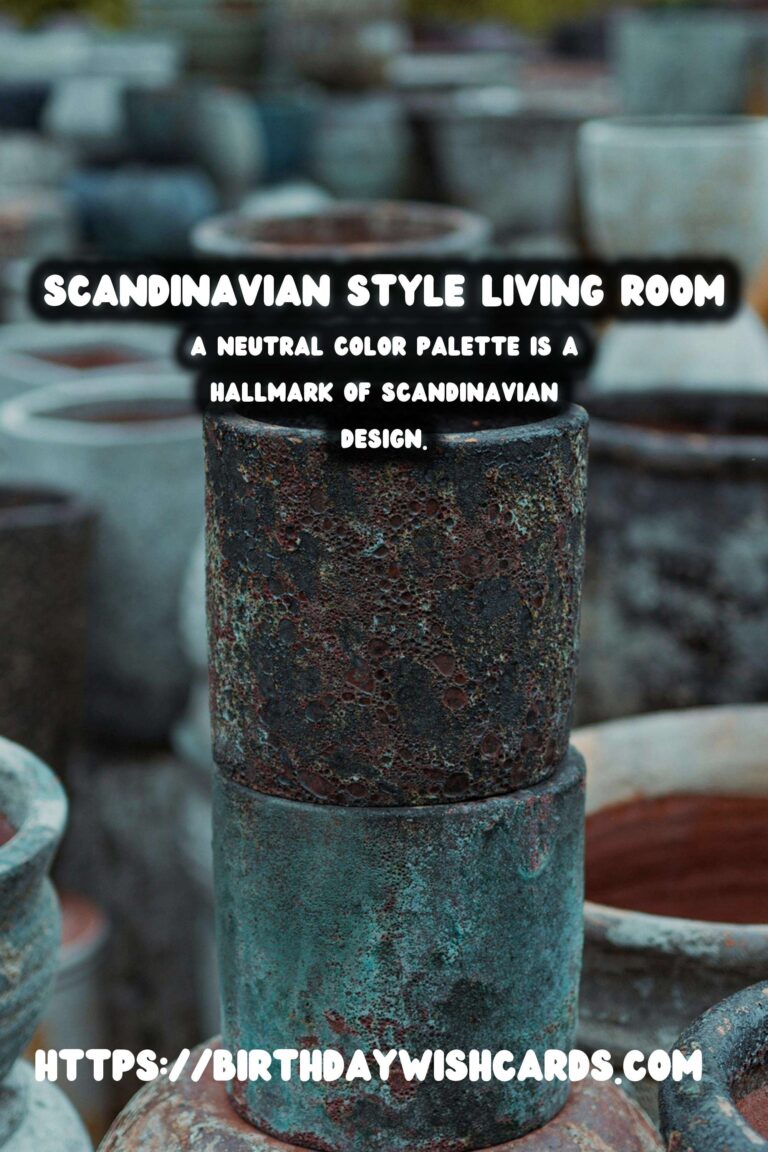
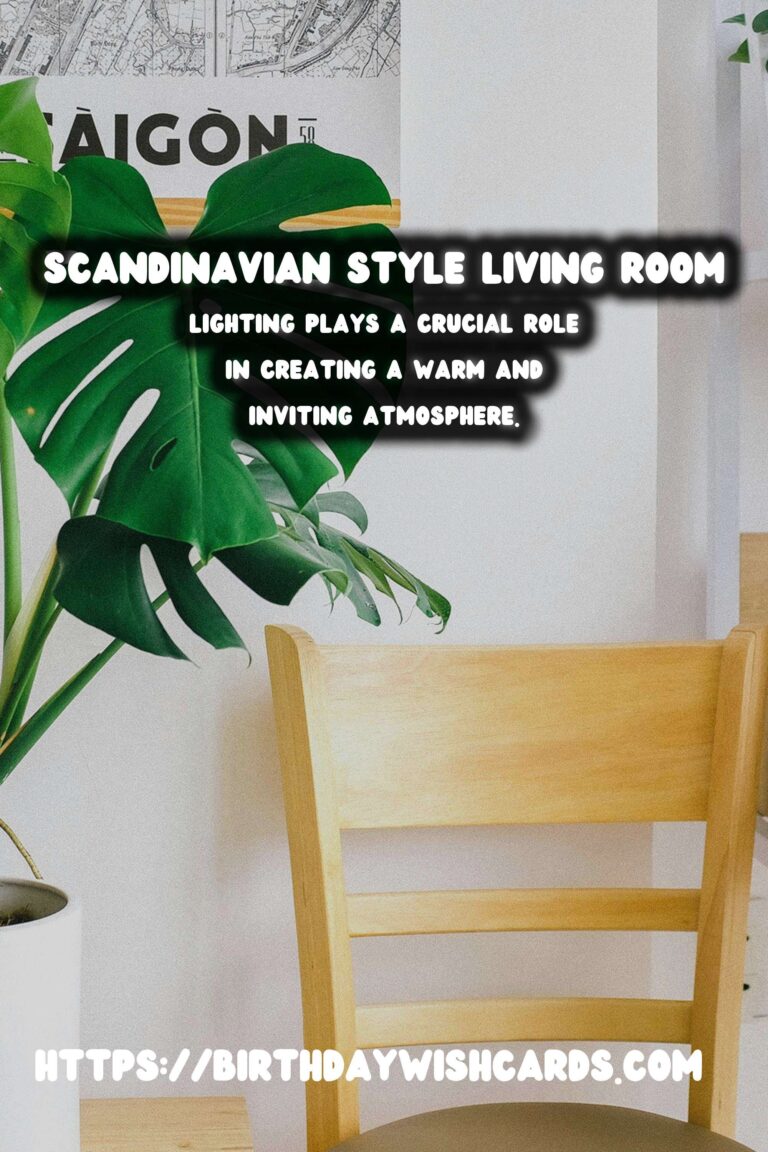
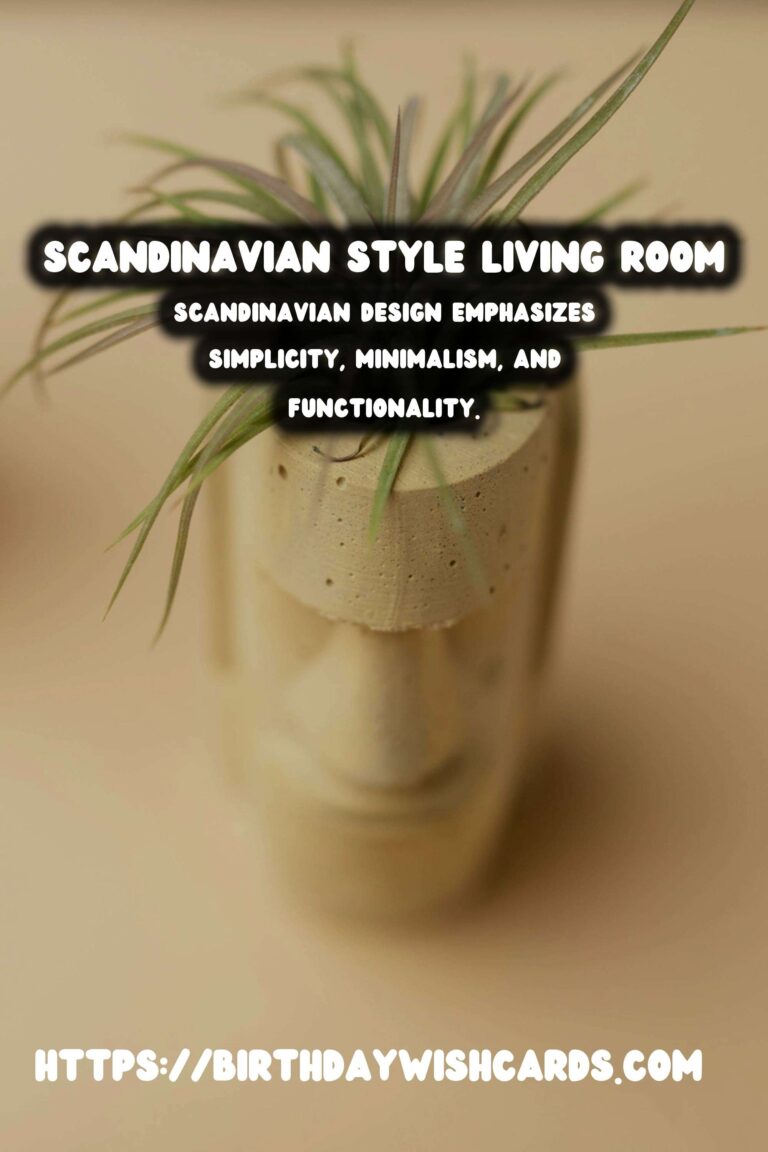
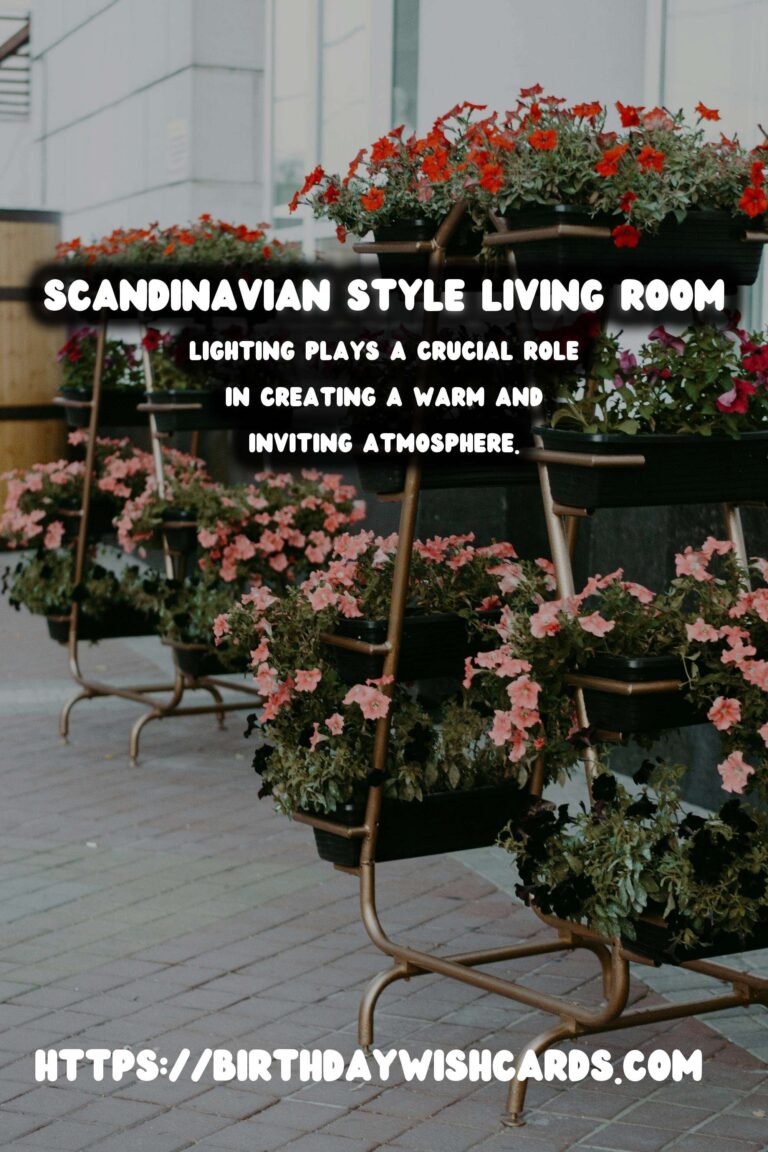
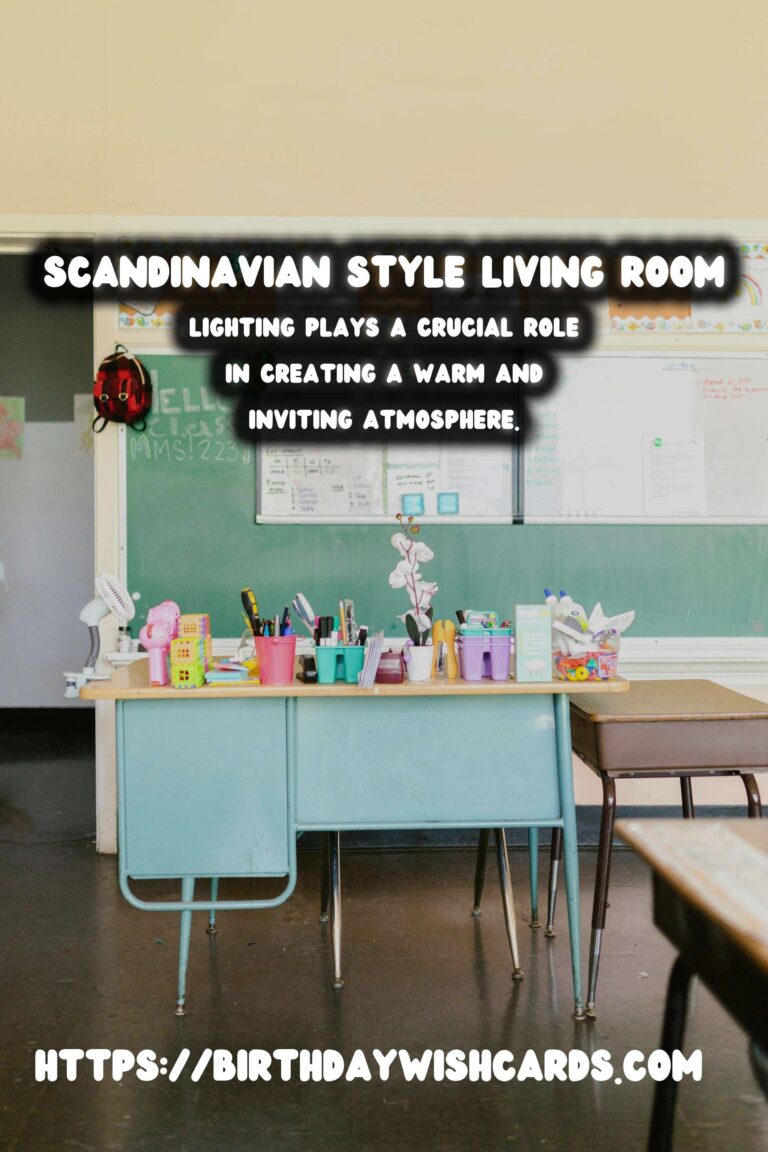
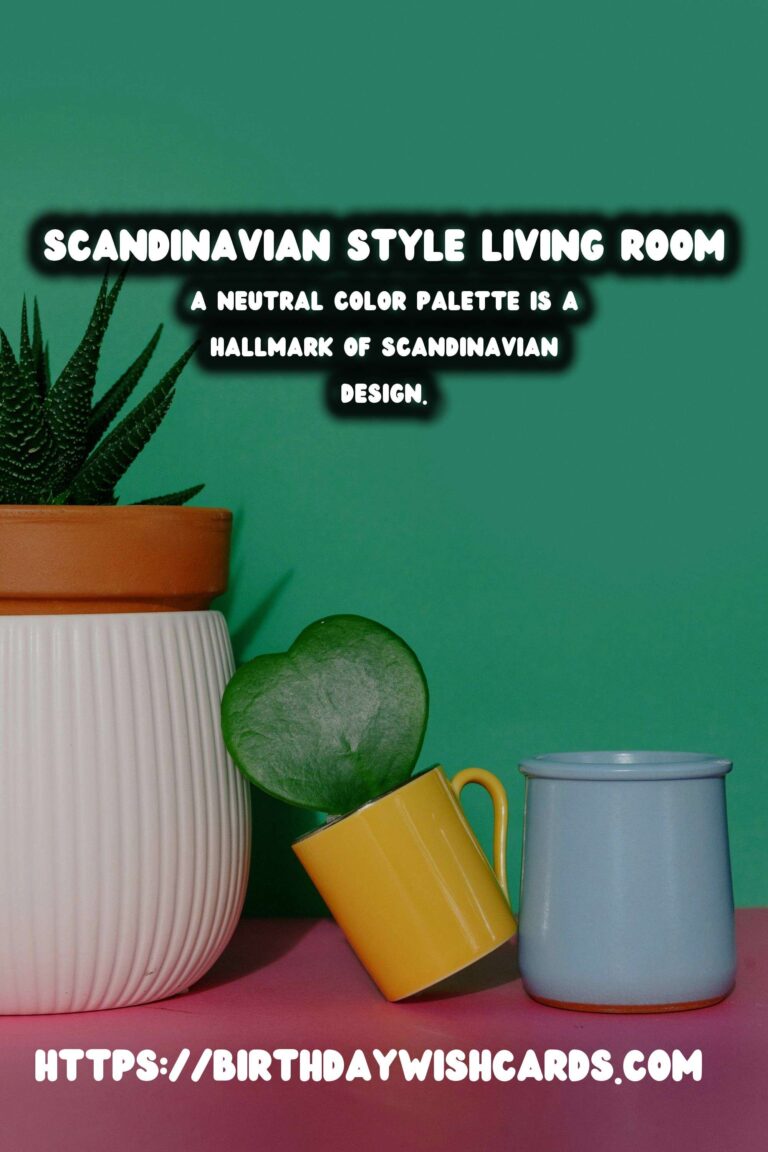
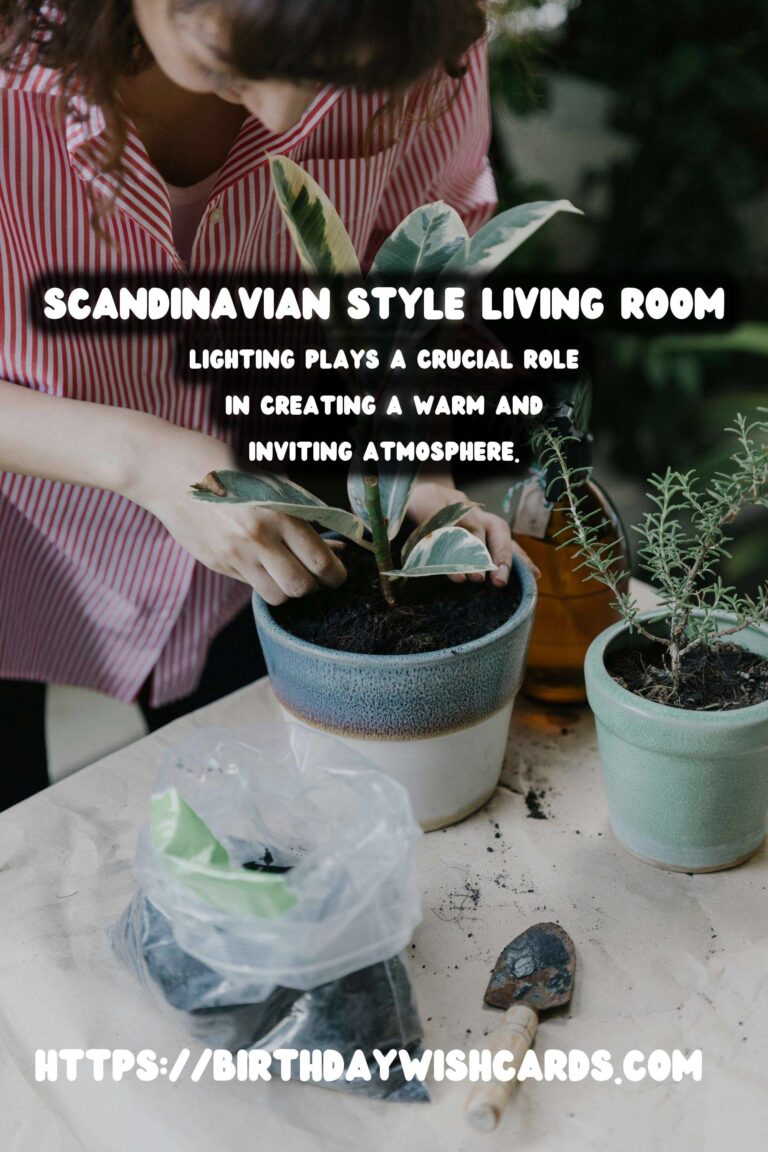
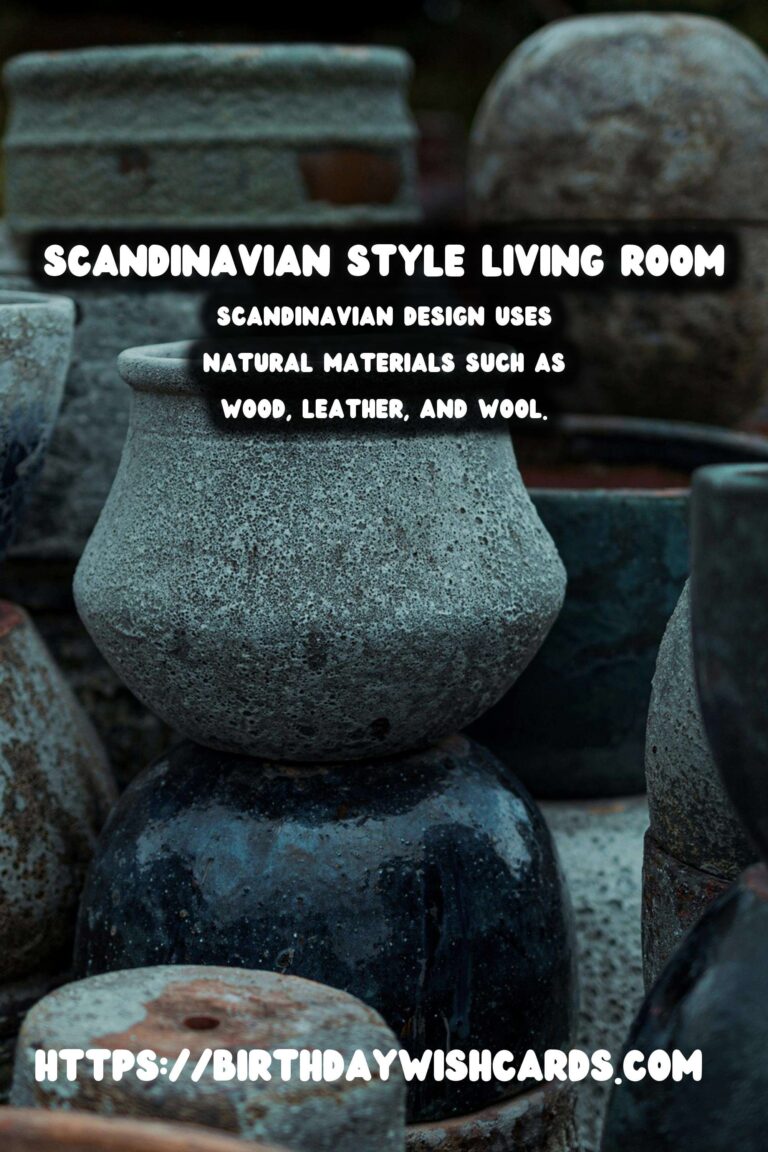

#ScandinavianDesign #InteriorDesign #HomeDecor #LivingRoom #Minimalism




